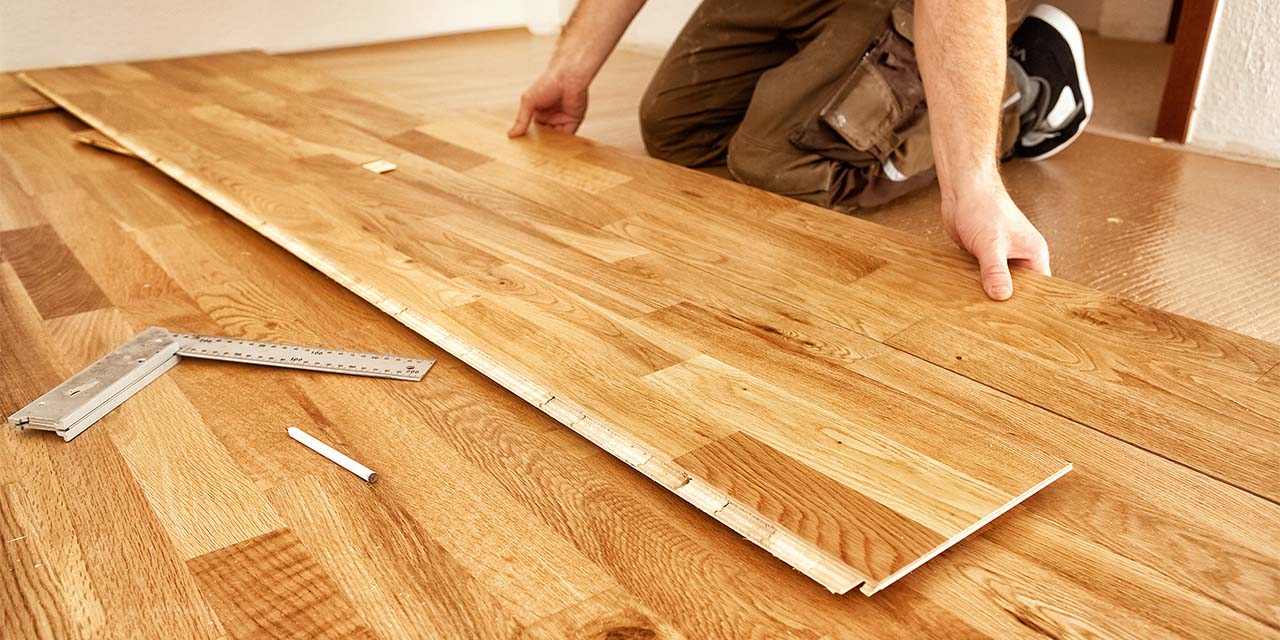
How to Make Every Room in Your Home Safe?
Your home is supposed to be your safe haven. Unfortunately, unforeseen hazards can quickly turn an otherwise peaceful household into a danger zone. Protect those you love by reevaluating the security and cleanliness of each room in your residence. A short walk-through coupled with a few quick fixes will help you protect your children, elderly loved ones and pets. Even something as simple as replacing the living room window blinds can lead to a much safer living room.
Table of Contents
Reduce Unnecessary Clutter in Bedrooms
While they look harmless in daylight, common household objects such as toys, pillows and piles of clothes can easily create trip hazards at night. Scan the floor each evening to ensure there is nothing on the ground near the bed, in walkways or next to bathroom entrances. Place a handheld flashlight on your child’s nightstand so they can navigate safely in the dark. Consider adding a nightlight to each room to make visibility even better. Some families swear by convenient “clap-on” lights.
Add Grips and Grab Bars to Your Bathrooms
Falls are a foremost concern in moist, wet bathrooms. If you have large tiles in your shower or on the restroom floor, replace them with smaller ones. Tinier patterns are easier for feet to grip and hold less puddles. Put rubber mats on the bottom of your bathtub or walk-in shower so slips happen less often. If you have kids or seniors in the home, consider installing grab bars in the shower and near the toilet.
Childproof the Living Room by Installing Cordless Blinds
Corded blinds and shades pose strangulation dangers to children of all ages. They are especially risky for toddlers and elementary age kids. Substitute your current window coverings with cordless blinds, which are just as stylish and energy efficient.
While you’ll find them in any material and color, many homeowners also think they’re easier to use than standard ones. Simply push up on the blind when you want it to lift. Pull down when it’s time for them to close. If you need to let light in or desire to reduce sun exposure, tilt the slats forward and backward with a flick of your wrist.

Check Your Crib Safety in the Nursery
Many parents think crib bumper pads make their babies safe. However, they actually create an increased suffocation risk. Exercise proper crib safety by removing all protective padding–and take out stuffed animals and blankets while you’re at it. The only thing that should be in your baby’s bed is a tight-fitting sheet. If it’s chilly outside, dress them in a warmer outfit instead of adding a quilt. Even adding cordless nursery blackout blinds can make the room much safer for your newborn.
Install Nightlights in Hallways and Stairwells
It’s easy for even the steadiest walker to stumble inside hallways and down the stairs at night. Avoid serious injury by placing nightlights in your home’s dimmest areas. Buy a long-lasting, energy-efficient LED product that turns off during the day and automatically illuminates in the dark.
Choose from basic options to match every room–or find a fun, unique design. Lights shaped like owls, princess crowns and whales are available for kids, while stained glass and holiday-themed lamps will complement even the most discerning designer’s home décor.
Review Your Kitchen Fire Safety
Kitchen fires spread quickly. Protect your family from an emergency situation by checking your fire extinguisher. Make sure the product hasn’t reached its expiration date. If it has, swap it out for a new one. You should also be sure every teen and adult in your home knows how to use it.
Test your smoke detectors regularly. They can alert you to a problem if you step away from the stove or oven. It’s also helpful to keep rags and pot covers close by your cooking stations. They will allow you to smother flames in a pinch. Other useful supplies include baking soda and salt. Stock them on a rack near the stove to assist you in putting out a grease fire.
Protect Babies and Toddlers from Dining Room Injuries
Your dining room gives your family a chance to catch up–but it’s also a potentially dangerous place for small children. Protect new and unsteady walkers from hitting their heads by adding expanding table edge bumpers to tables and other furniture. If the room houses glass heirlooms, silverware or china, place them in a drawer or armoire instead of leaving them exposed.
Secure Supplies in the Laundry Room
Detergent pods look appealing to pets and toddlers, but they’re highly toxic. After placing a pod in the washer, secure the package zipper or lock tight. Use products with childproof containers so curious little ones aren’t tempted by soft textures and bright colors. The same goes with detergent boxes and bottles. Seal them tightly after each use and place them in a cabinet or drawer out of a child’s reach.
Keep washers and dryers locked at all times. Even if the machine is off, kids and cats alike have been known to play or rest inside them. Always double check appliances before you turn them on. Look inside them again before closing.

Research Home Items Before Purchase
Should you need assistance finding safe products for your home, search online for household items that protect children, animals and seniors. You can also research the Consumer Safety Product Commission website for popular items that have been recalled. Take a proactive approach when choosing essential goods. Investing the appropriate time and money will allow you to avoid costly repairs and medical bills down the road.
The Benefits of a Safe Home
Taking the time to secure your home has tremendous implications. According to the National Safety Council, household injury and death are far more common than many families think. While poisoning is the leading cause of unintentional, injury-related fatalities for people of all ages, more than 34,000 Americans died due to an unexpected fall in 2016.
Mechanical injury is the leading cause of death for babies, and fires and burns create thousands of lethal situations each year. By following this simple guide, you will help protect vulnerable family members from a potentially life-changing accident.



